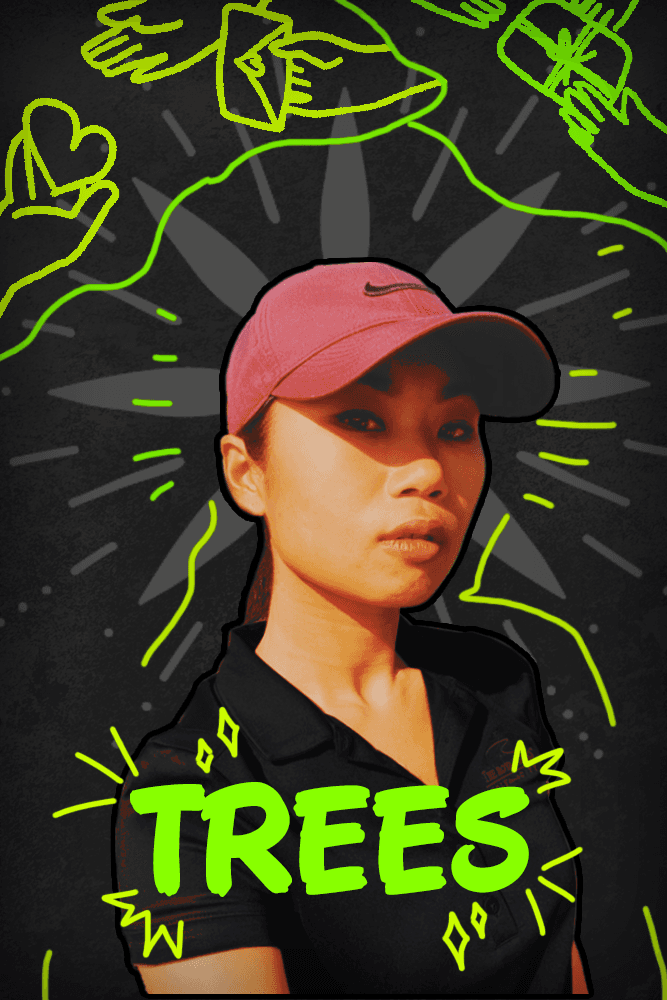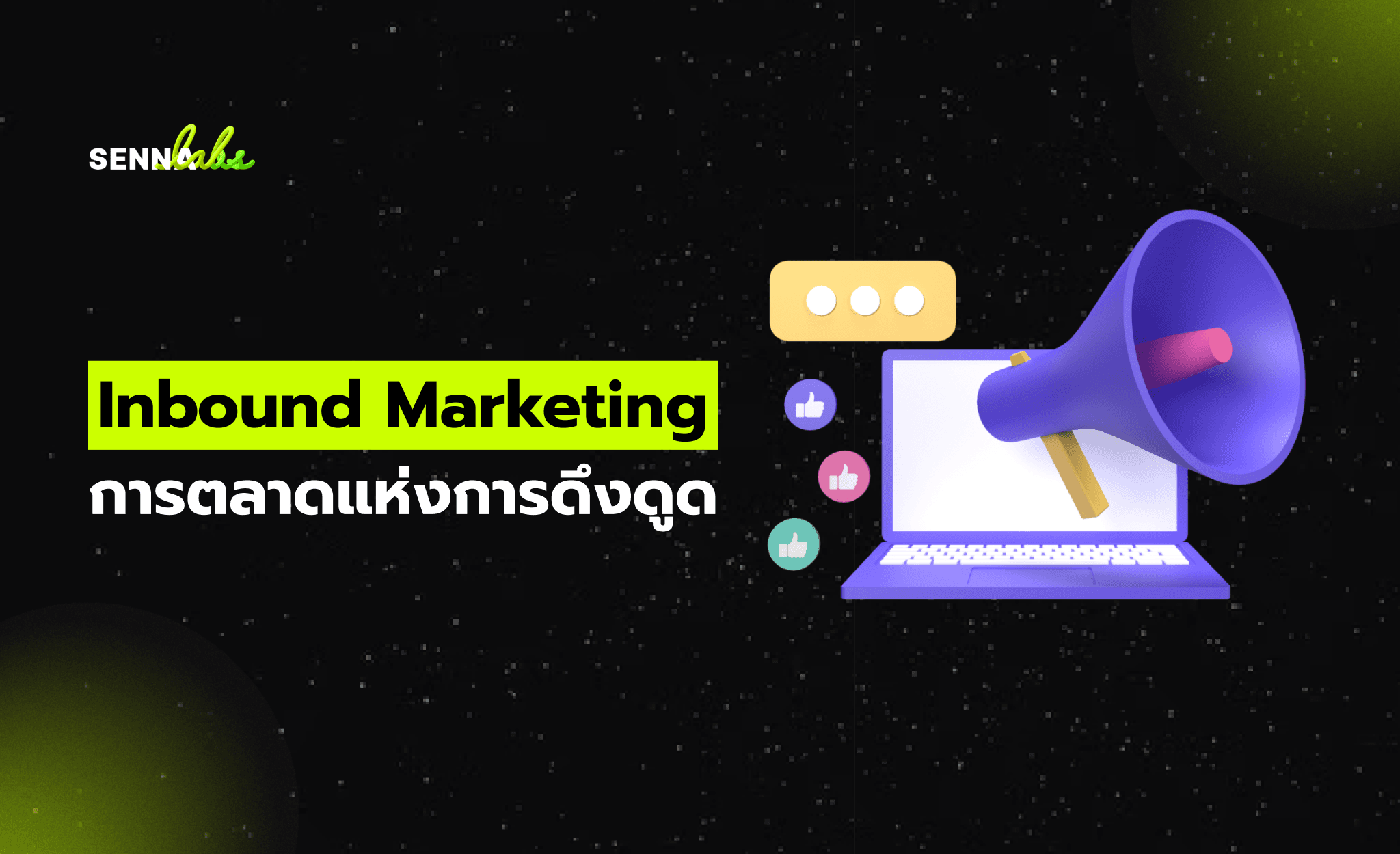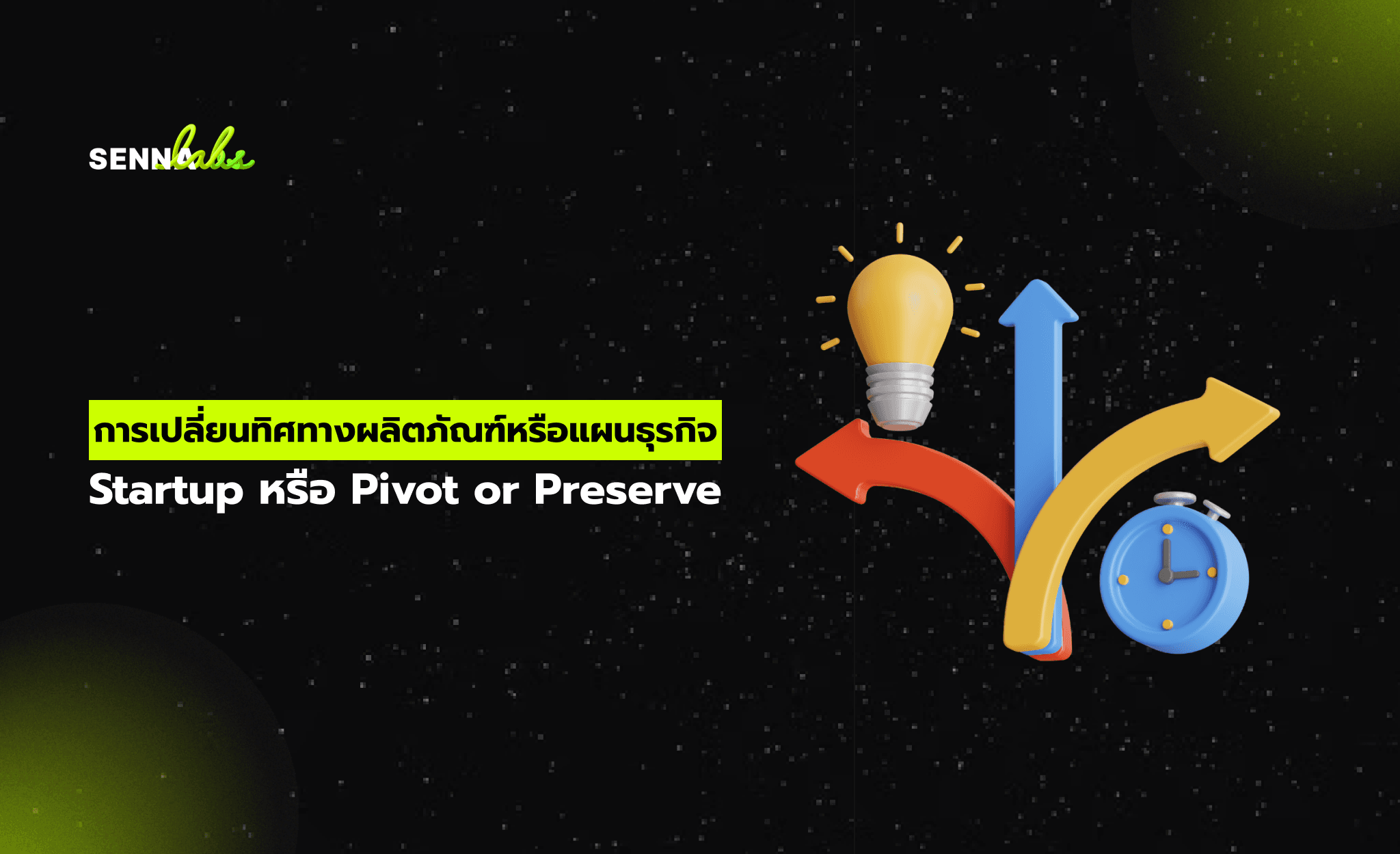The Future of UX/UI: How AI and Personalization Are Transforming Web Design

The evolution of User Experience (UX) and User Interface (UI) design is being driven by artificial intelligence (AI) and personalization, transforming how users interact with websites and applications. Companies that integrate AI-driven UX/UI are seeing increased engagement, efficiency, and user satisfaction.
From AI-powered recommendations to voice-activated interfaces and predictive UI, modern web design is shifting towards more adaptive, responsive, and intuitive experiences. This article explores how AI-driven personalization enhances user engagement, how voice interfaces are redefining UX/UI, and emerging trends like dark mode, minimalism, and AI-driven chatbots.

How AI-Driven Personalization Improves User Engagement
AI and machine learning are revolutionizing how digital platforms understand user behavior, making web experiences more personalized and dynamic.
1. The Importance of Personalization in UX/UI
Users today expect websites and applications to anticipate their needs. Personalization enhances UX by:
-
Delivering relevant content based on browsing history and preferences.
-
Reducing cognitive load by filtering unnecessary information.
-
Improving user retention through tailored experiences.
2. AI-Driven UX/UI Personalization Strategies
a) Content and Product Recommendations
-
AI analyzes user behavior, search history, and past interactions to suggest relevant products, articles, or videos.
-
Platforms use predictive analytics to offer recommendations before users even search for them.
b) Adaptive Interfaces
-
Websites can dynamically adjust layouts, colors, and content based on user preferences.
-
AI can personalize dashboards and navigation menus, showing frequently used features first.
c) Real-Time Personalization
-
AI dynamically adjusts website experiences in real-time based on user behavior.
-
Chatbots and virtual assistants learn from interactions to provide more accurate responses over time.
3. The Impact of AI-Powered Personalization on Engagement
When UX/UI adapts to user preferences, websites see:
-
Higher engagement rates, as users find relevant content faster.
-
Longer session durations, as AI keeps users invested in the experience.
-
Increased conversions, as personalized recommendations lead to quicker decision-making.
Personalization through AI is no longer just a trend—it is a necessity for businesses looking to optimize UX/UI and customer satisfaction.
The Role of Voice-Activated Interfaces in UX/UI
Voice interaction is rapidly becoming a key component of modern UX/UI, allowing users to interact with digital platforms more naturally and efficiently.
1. Why Voice Interfaces Are Reshaping UX/UI
Voice-activated interfaces enhance usability, accessibility, and convenience, particularly in:
-
Hands-free interactions (e.g., smart assistants, IoT devices).
-
Faster information retrieval compared to traditional navigation.
-
Increased accessibility for visually impaired or mobility-restricted users.
2. Best Practices for Voice UX/UI Design
a) Natural Language Processing (NLP) Integration
-
AI-powered voice assistants understand context and user intent, making interactions more fluid.
-
Advanced NLP ensures conversational and human-like responses.
b) Multi-Modal Interaction (Voice + Visuals)
-
Websites and apps combine voice with visual feedback (e.g., displaying search results alongside spoken responses).
-
Smart home devices and in-car systems enhance user experiences through dual interaction modes.
c) Personalization Through Voice AI
-
Voice assistants remember user preferences and adjust responses accordingly.
-
AI-powered UX suggests relevant information based on past voice queries.
3. The Future of Voice in UX/UI
As voice AI evolves, interfaces will become more intuitive, predictive, and interactive, leading to:
-
More widespread adoption in e-commerce, healthcare, and education.
-
Advanced multilingual capabilities, allowing global accessibility.
-
Seamless voice interactions in smart devices and digital platforms.
Voice UI is redefining UX, making interactions faster, easier, and more human-like.
Future Trends: Dark Mode, Minimalism, and AI-Driven Chatbots
As UX/UI continues to evolve, emerging design trends are shaping how users interact with digital platforms.
1. Dark Mode: Enhancing Visual Comfort and Battery Efficiency
Dark mode has become an essential UI feature in modern web and app design, providing:
-
Reduced eye strain, especially in low-light environments.
-
Battery efficiency for OLED and AMOLED screens.
-
A sleek and modern aesthetic, appealing to younger audiences.
Best Practices for Dark Mode UI:
-
Ensure contrast and readability for accessibility.
-
Allow users to toggle between dark and light modes.
-
Optimize color schemes for both day and night viewing.
2. Minimalism: Prioritizing Simplicity and Functionality
Minimalist UX/UI is becoming more dominant as users seek clutter-free, distraction-free experiences.
Key principles include:
-
Simple and clean layouts, removing unnecessary elements.
-
Intuitive navigation, ensuring users find what they need effortlessly.
-
Whitespace optimization, improving content focus and readability.
Minimalism in UX/UI enhances clarity, usability, and aesthetics, creating more engaging digital experiences.
3. AI-Driven Chatbots: Enhancing User Support and Engagement
Chatbots powered by AI are transforming customer support and interaction, offering:
-
Instant responses to user queries, reducing wait times.
-
Conversational AI capabilities, improving user engagement.
-
Automated issue resolution, decreasing the need for human intervention.
Best Practices for AI Chatbot UX/UI:
-
Ensure chatbots provide human-like interactions.
-
Use AI to learn from user conversations and improve responses.
-
Allow chatbots to seamlessly escalate complex issues to human support.
AI chatbots are streamlining UX/UI, making digital interactions faster, smarter, and more user-centric.
Best UX/UI Practices for AI-Driven and Personalized Web Design
To future-proof web design, businesses should implement these AI-powered UX/UI strategies:
- Prioritize AI-Driven Personalization
-
- Use machine learning to analyze user behavior and suggest content.
-
Implement adaptive interfaces that adjust based on individual preferences.
-
Integrate Voice-Activated UX/UI
-
-
Ensure natural language processing for intuitive voice interactions.
-
Combine voice with visual feedback for multi-modal user experiences.
-
-
Adopt Dark Mode and Minimalist Design
-
Optimize color contrast for readability.
-
Use clean, simple UI elements for seamless navigation.
-
-
Enhance UX/UI with AI-Powered Chatbots
-
Enable instant, personalized customer support.
-
Use AI to automate responses and resolve common queries.
-
-
Ensure Seamless Cross-Platform Experiences
-
Design for mobile-first, voice-enabled, and AI-driven interfaces.
-
Ensure consistency across web, mobile, and wearable devices.
-
Conclusion
The future of UX/UI is being shaped by AI, personalization, and emerging design trends, leading to smarter, faster, and more adaptive web experiences.
By leveraging AI-driven personalization, voice-activated interfaces, and intuitive chatbot experiences, businesses can enhance user engagement, improve accessibility, and drive higher conversions.
As technology continues to evolve, UX/UI will play an even more critical role in creating seamless, intelligent, and user-friendly digital interactions—ultimately shaping the next generation of web experiences.


Subscribe to follow product news, latest in technology, solutions, and updates
Other articles for you



Let’s build digital products that are simply awesome !
We will get back to you within 24 hours!Go to contact us Please tell us your ideas.
Please tell us your ideas.







